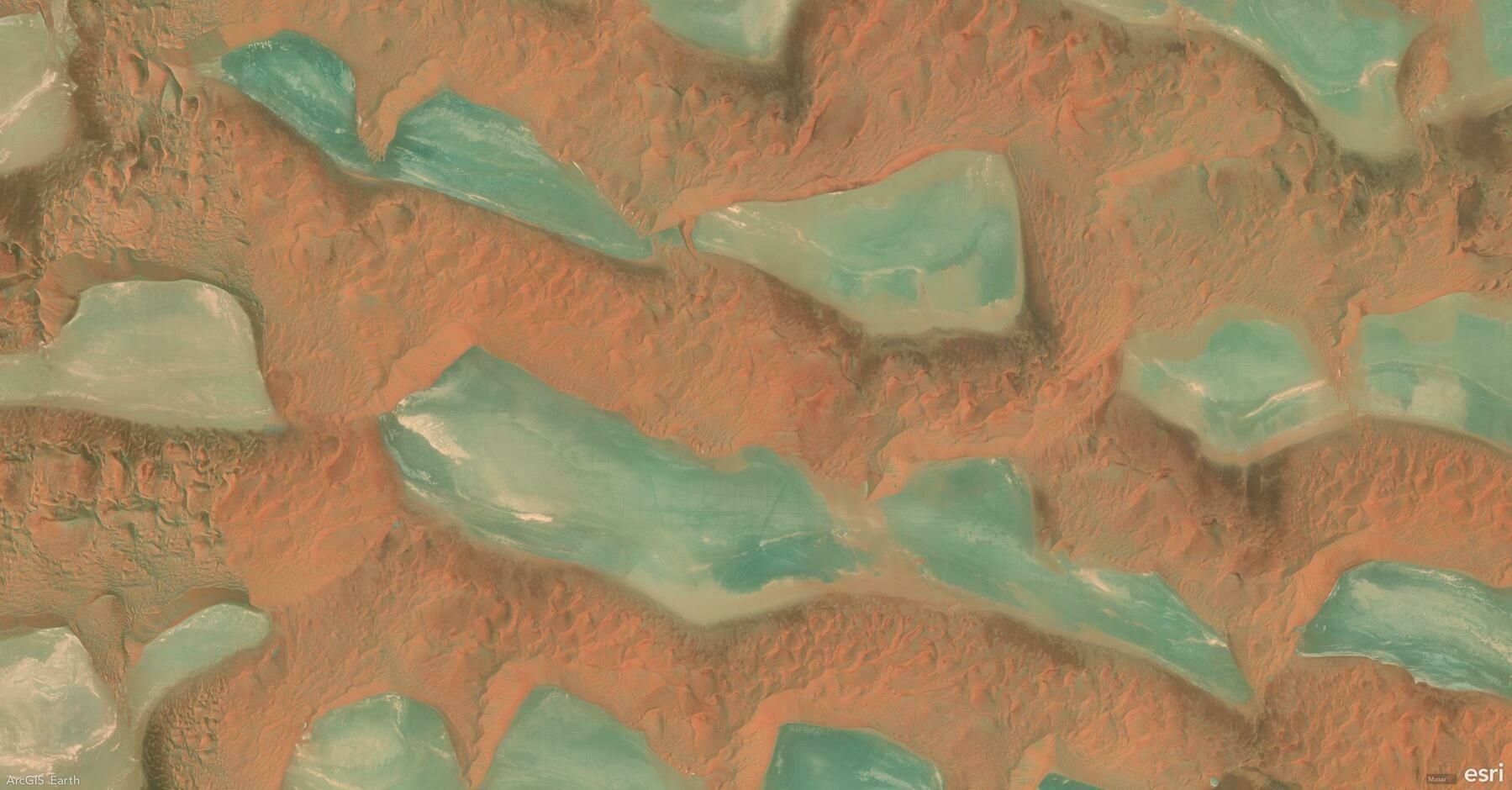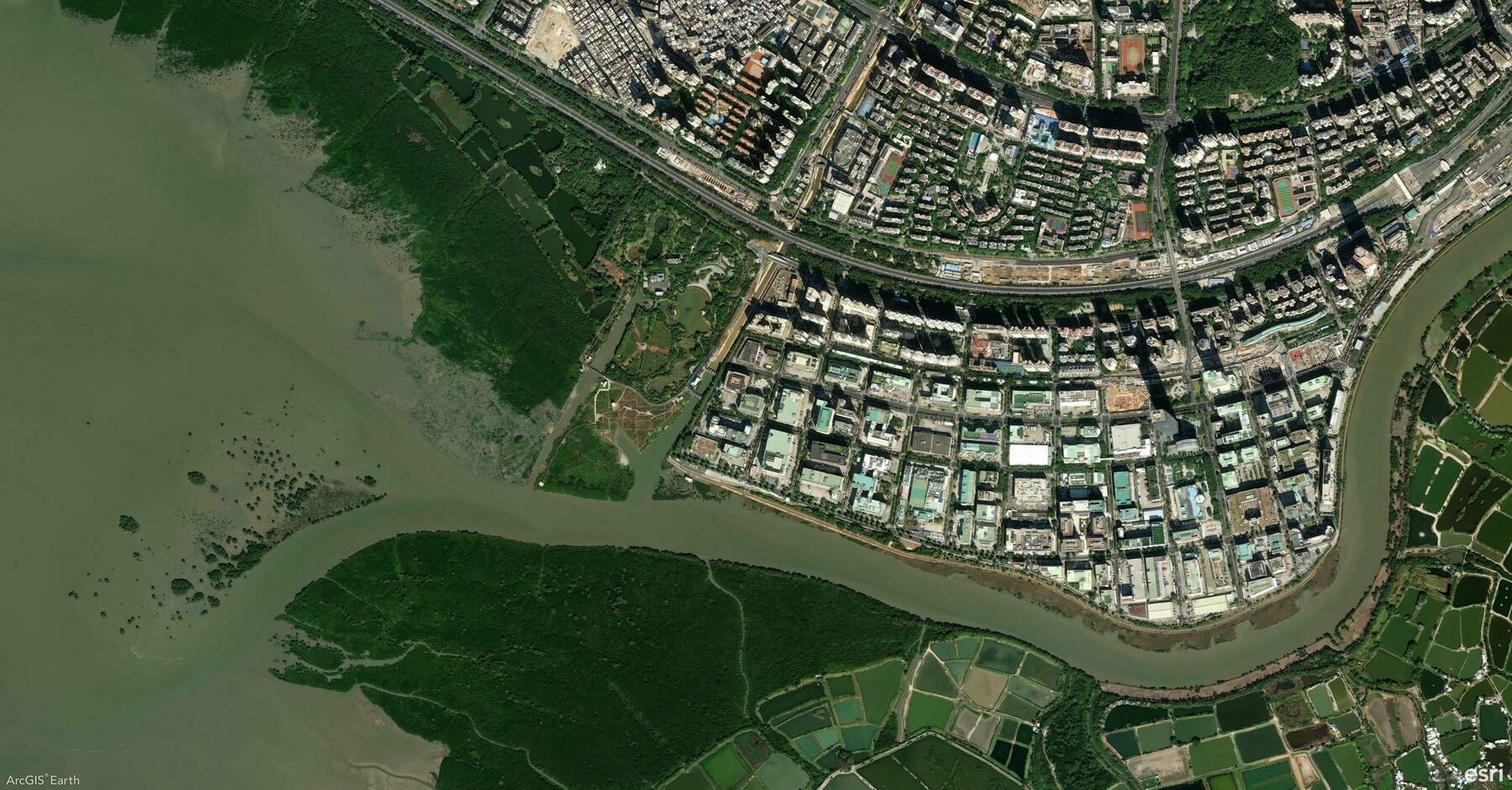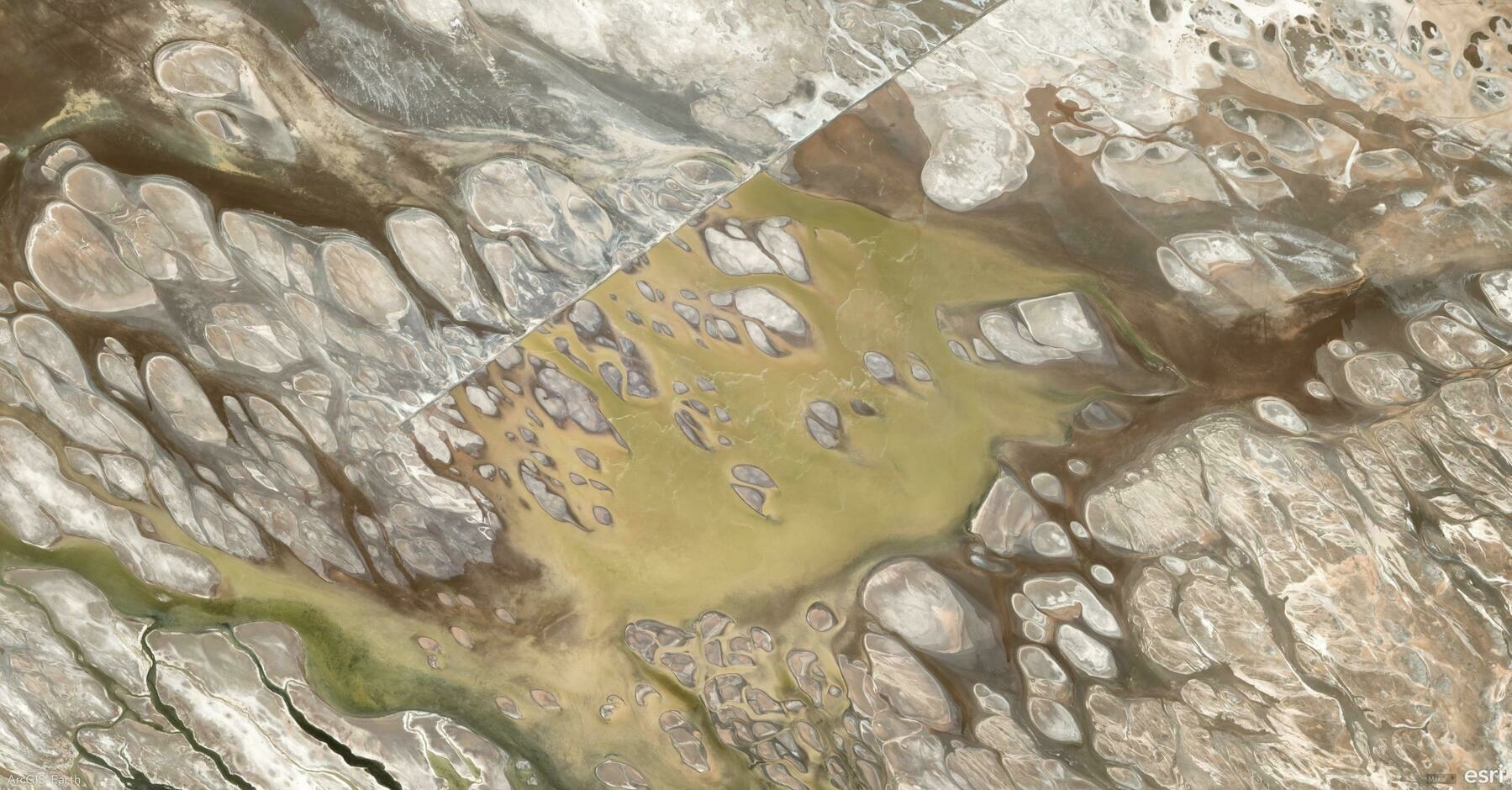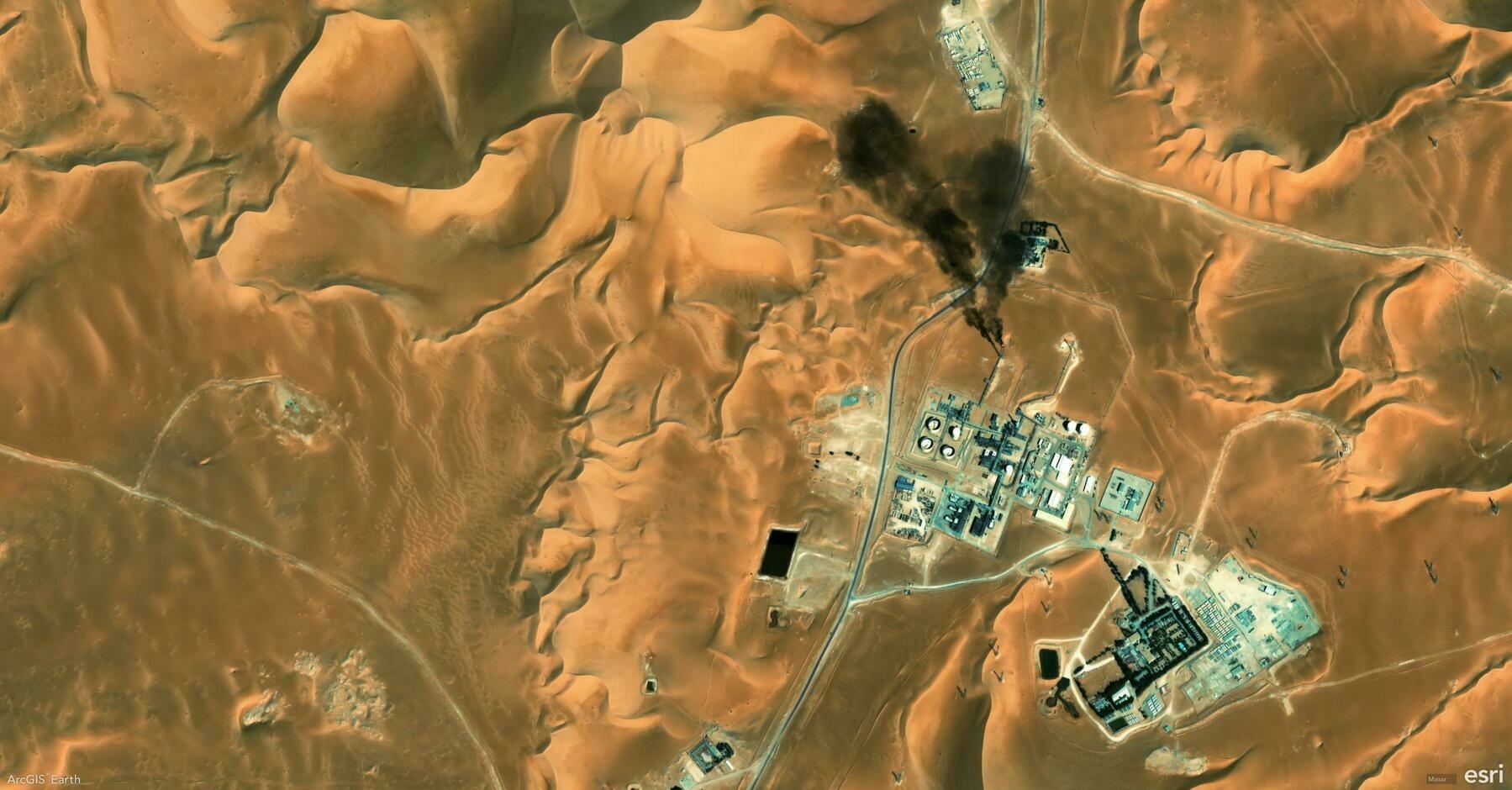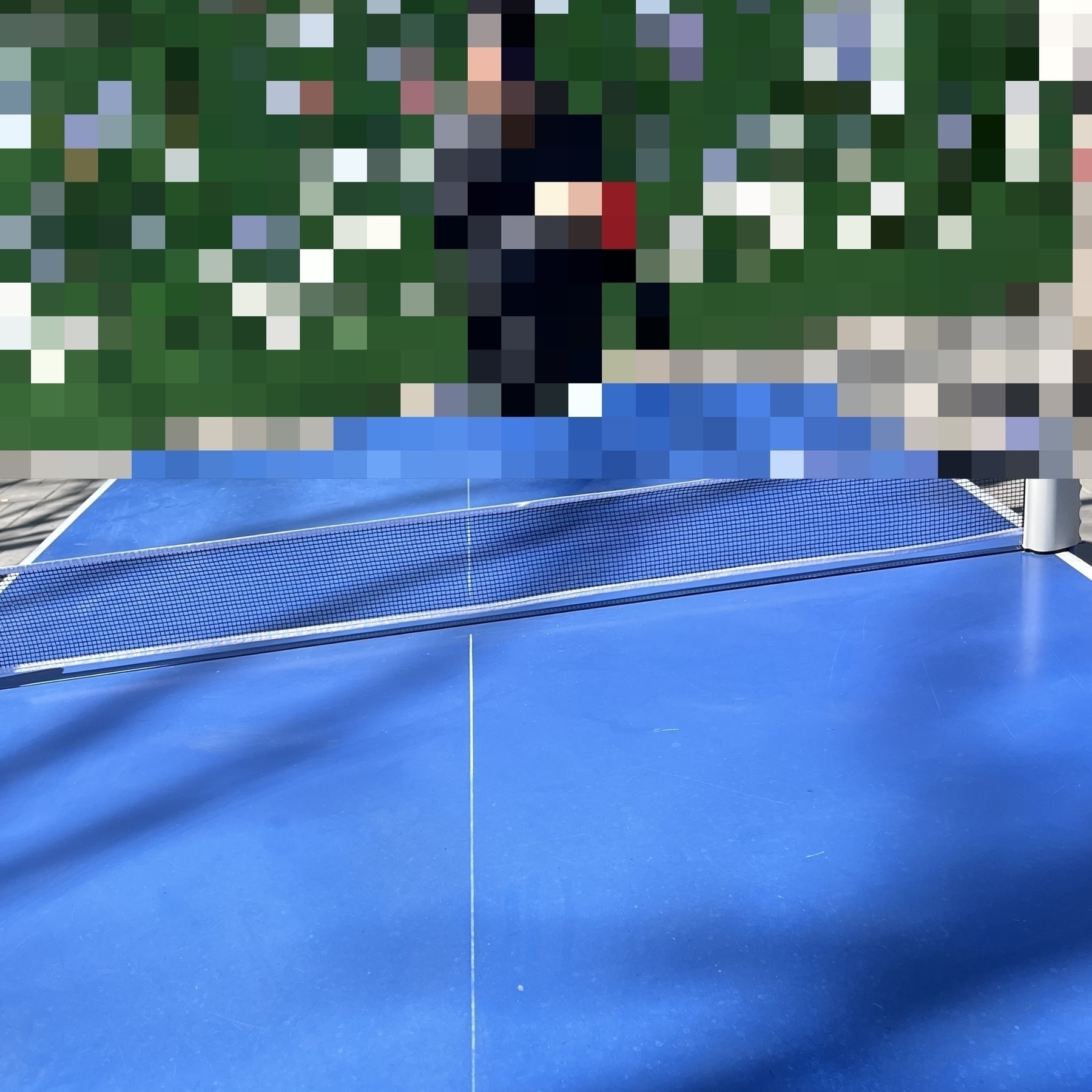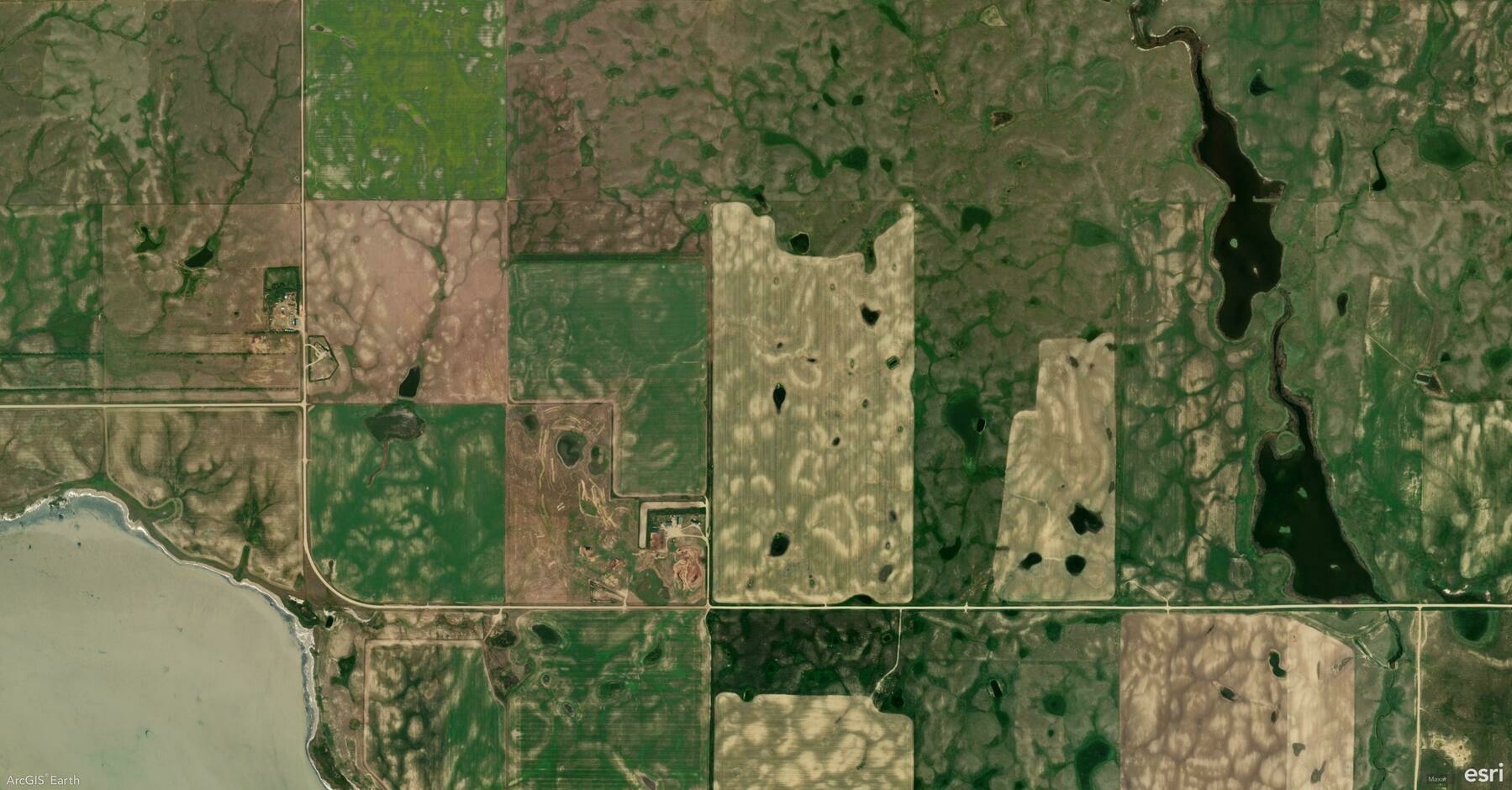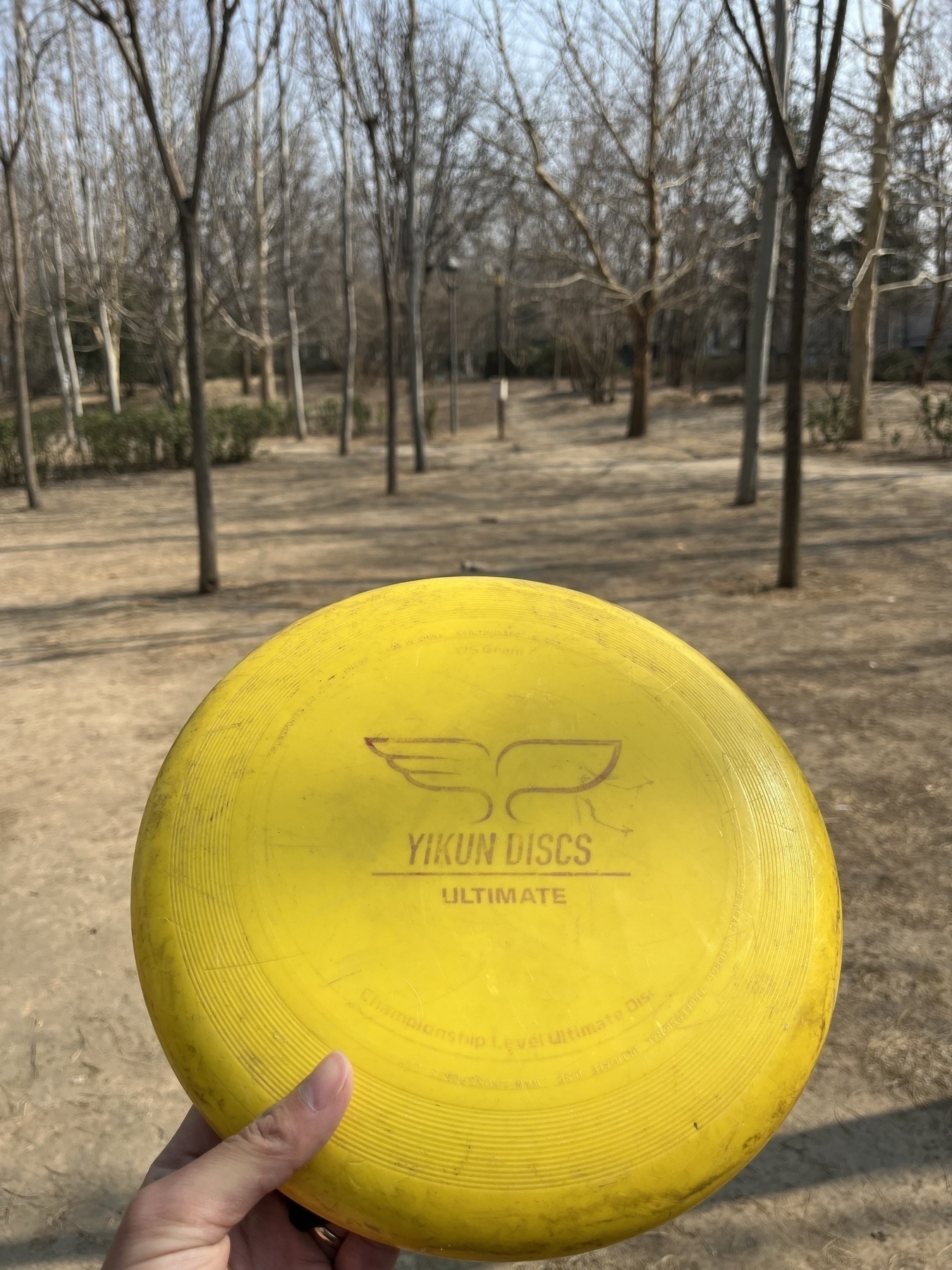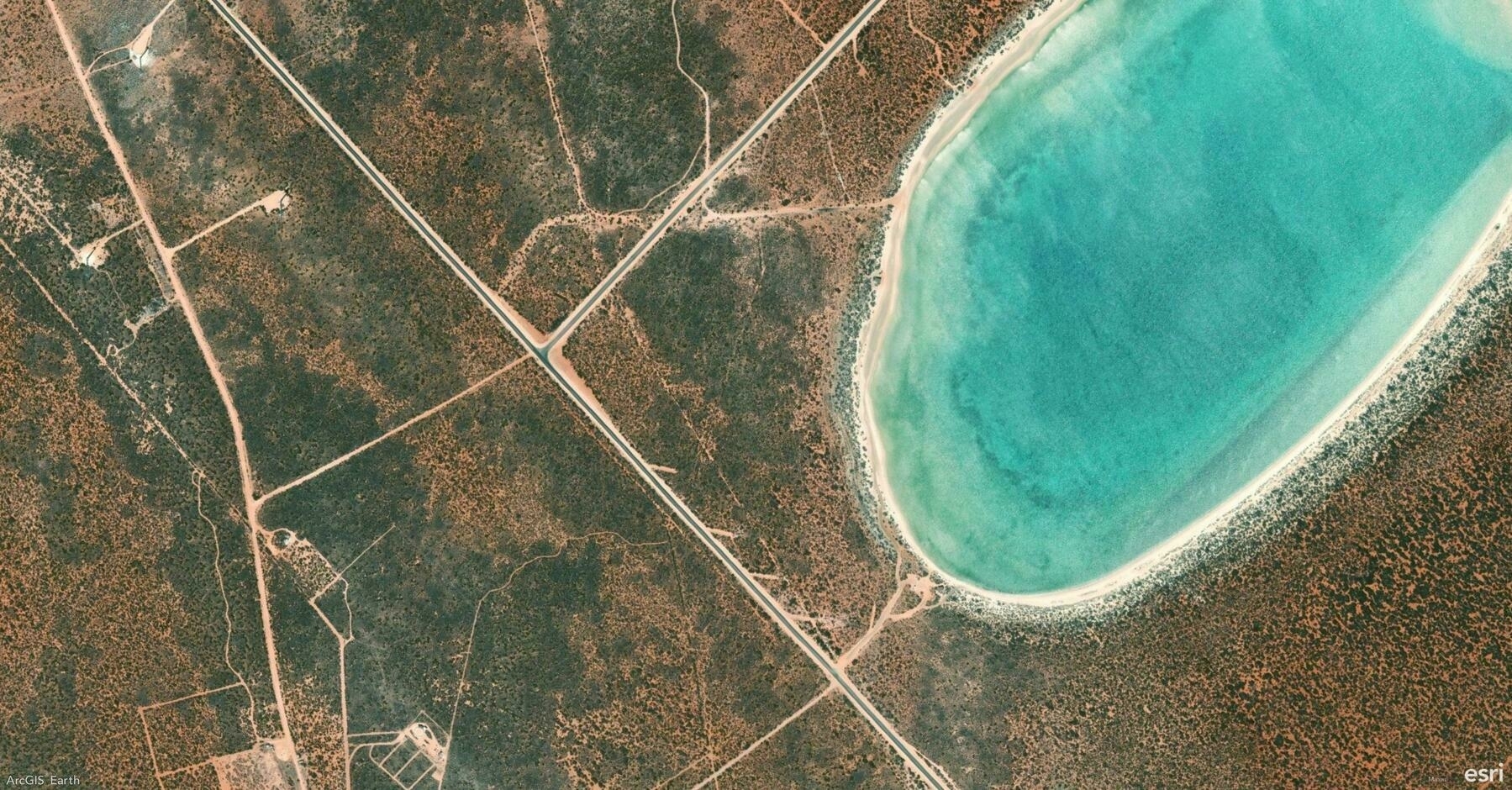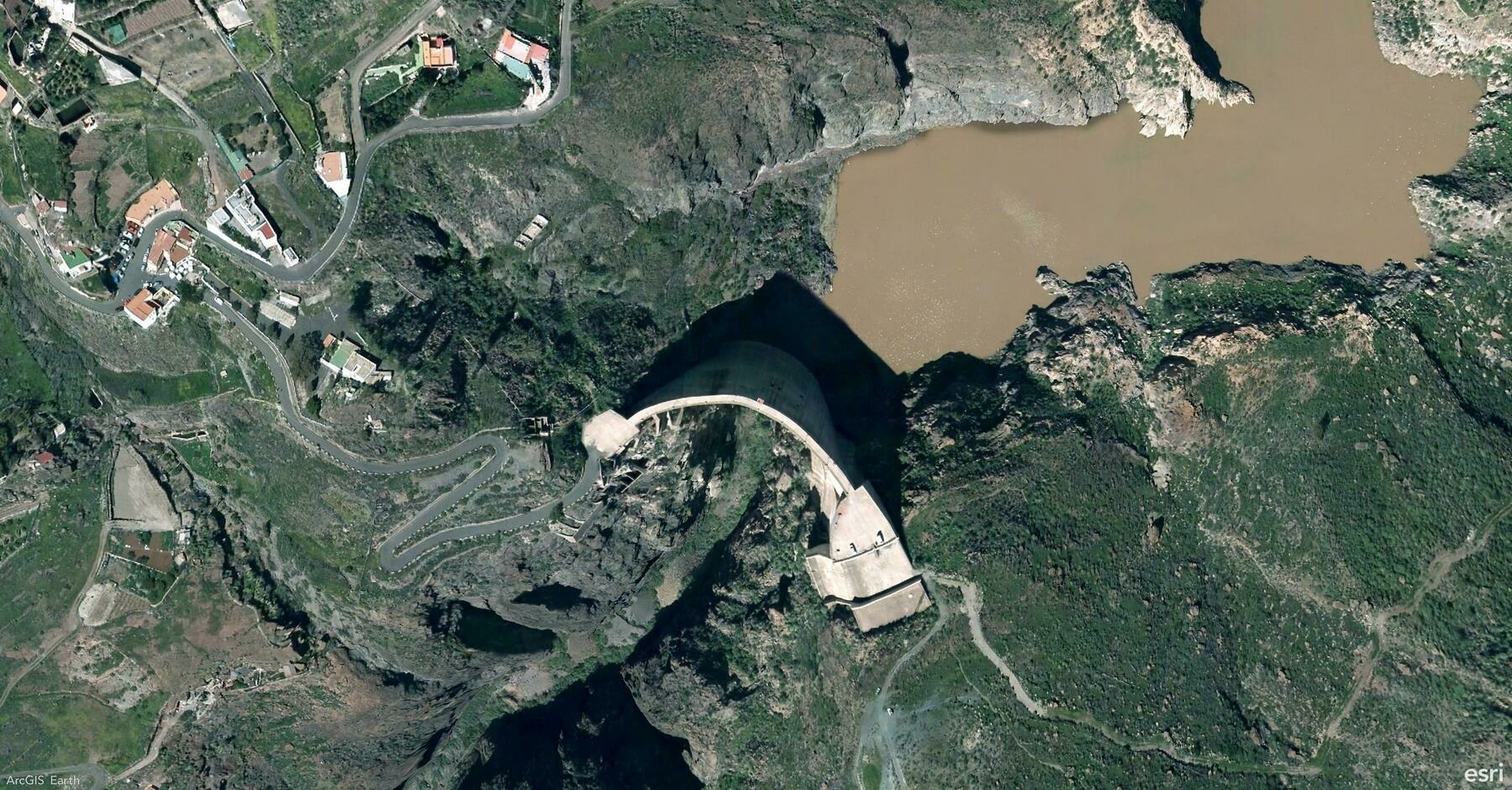2025-03-12 TIL: Model Context Protocol (MCP) and OpenAI new tools for building Agent
2025-03-12 TIL: Model Context Protocol (MCP) and OpenAI new tools for building Agent
💻
Model Context Protocol (MCP)
MCP is an open protocol that standardizes how applications provide context to LLMs. Think of MCP as a USB-C port for AI applications—just as USB-C offers a standardized way to connect devices to various peripherals, MCP provides a universal way to link AI models with different data sources and tools.
MCP helps you build agents and complex workflows on top of LLMs, ensuring seamless integration with data and tools. It provides:
- A growing list of pre-built integrations that LLMs can directly plug into.
- Flexibility to switch between LLM providers and vendors.
- Best practices for securing data within your infrastructure.
🔗 Resources:
OpenAI New Tools for Building Agents
A new set of APIs and tools specifically designed to simplify the development of agentic applications:
- Responses API – Combines the simplicity of the Chat Completions API with the tool-use capabilities of the Assistants API.
- Built-in tools – Includes web search, file search, and computer use.
- Agents SDK – Orchestrates both single-agent and multi-agent workflows.
- Integrated observability tools – Enables tracing and inspection of agent workflow execution.
MCP vs. OpenAI’s Tools
Similarities:
- ✔️ AI Integration – Simplifies external data & tool connections.
- ✔️ Modular Design – Expandable & adaptable.
Differences:
- MCP is a protocol, OpenAI’s are proprietary tools.
- MCP is open-source for cross-platform use; OpenAI’s tools optimize for its ecosystem.
- MCP requires a custom server, while OpenAI’s tools offer easier direct integration.

